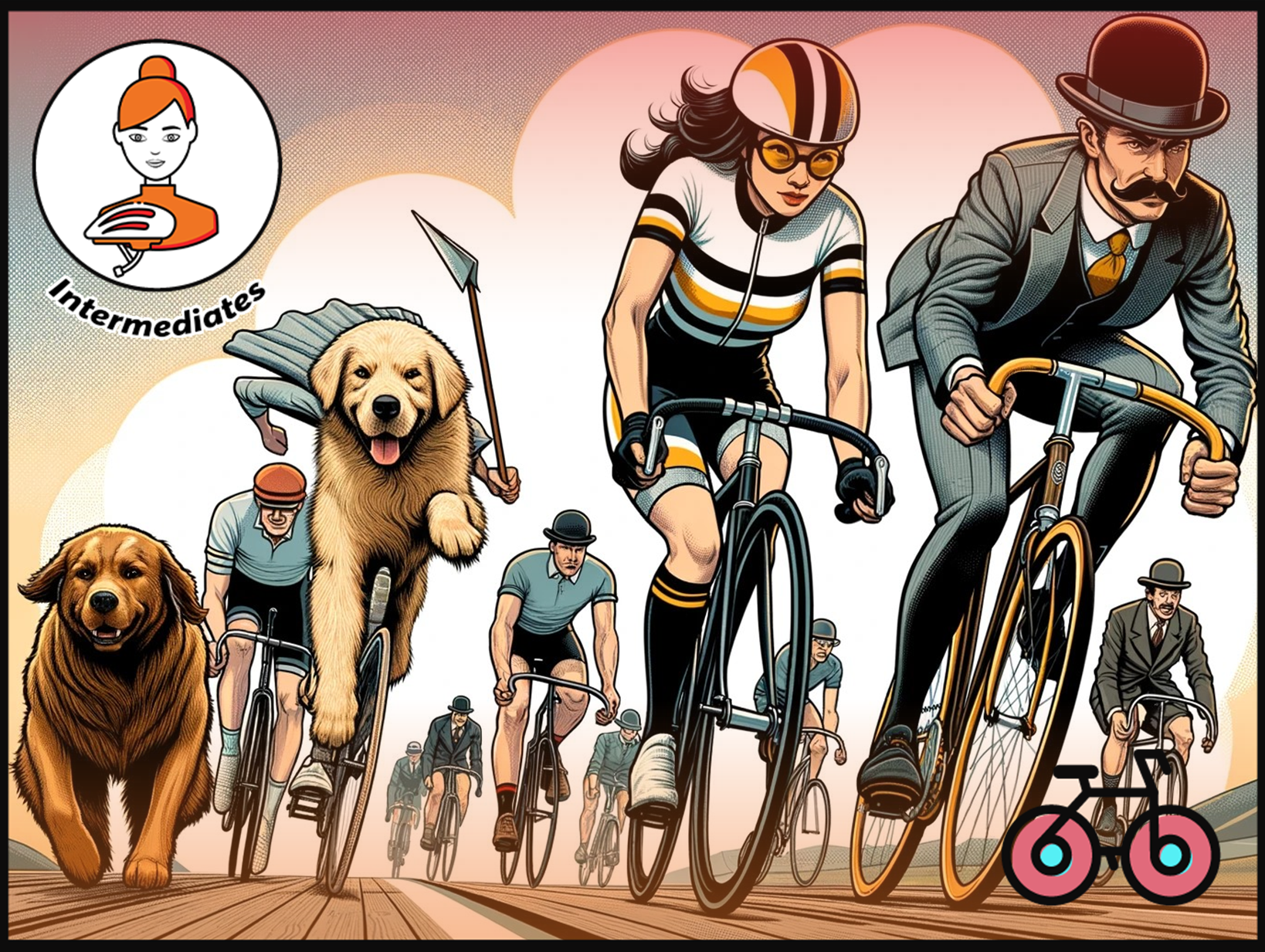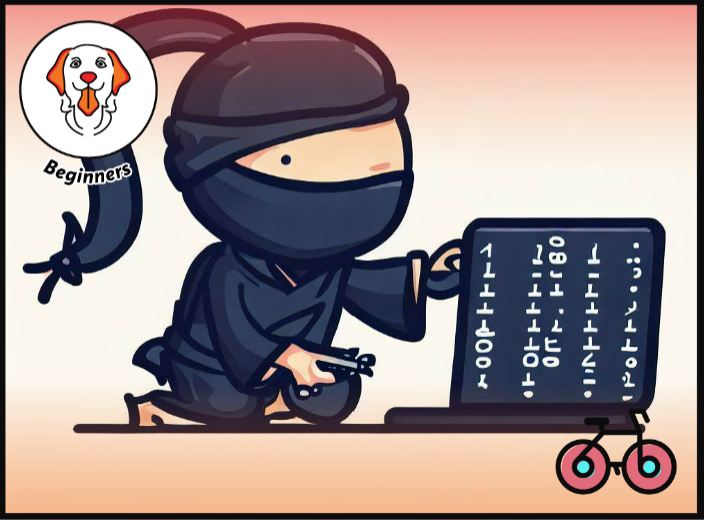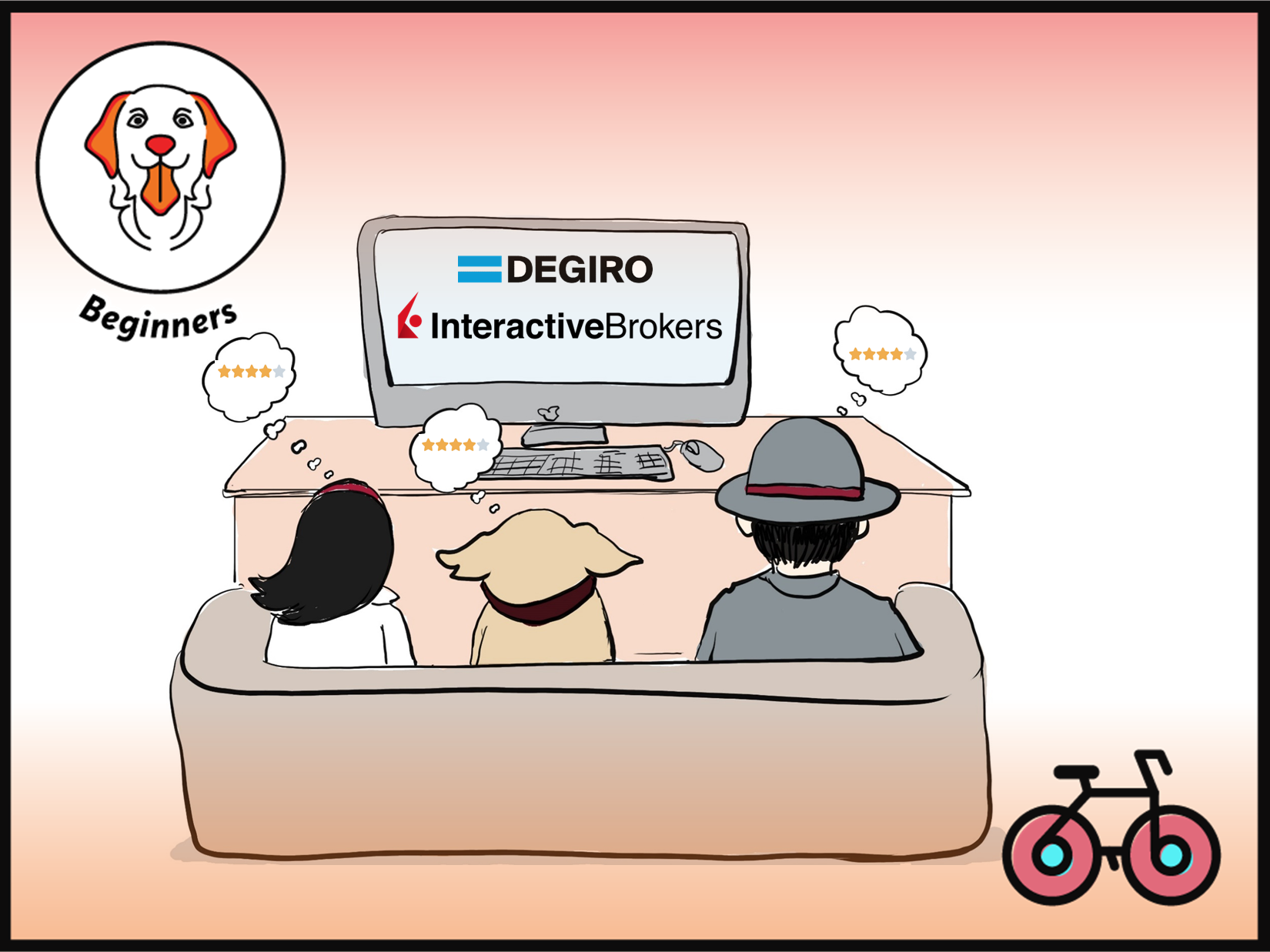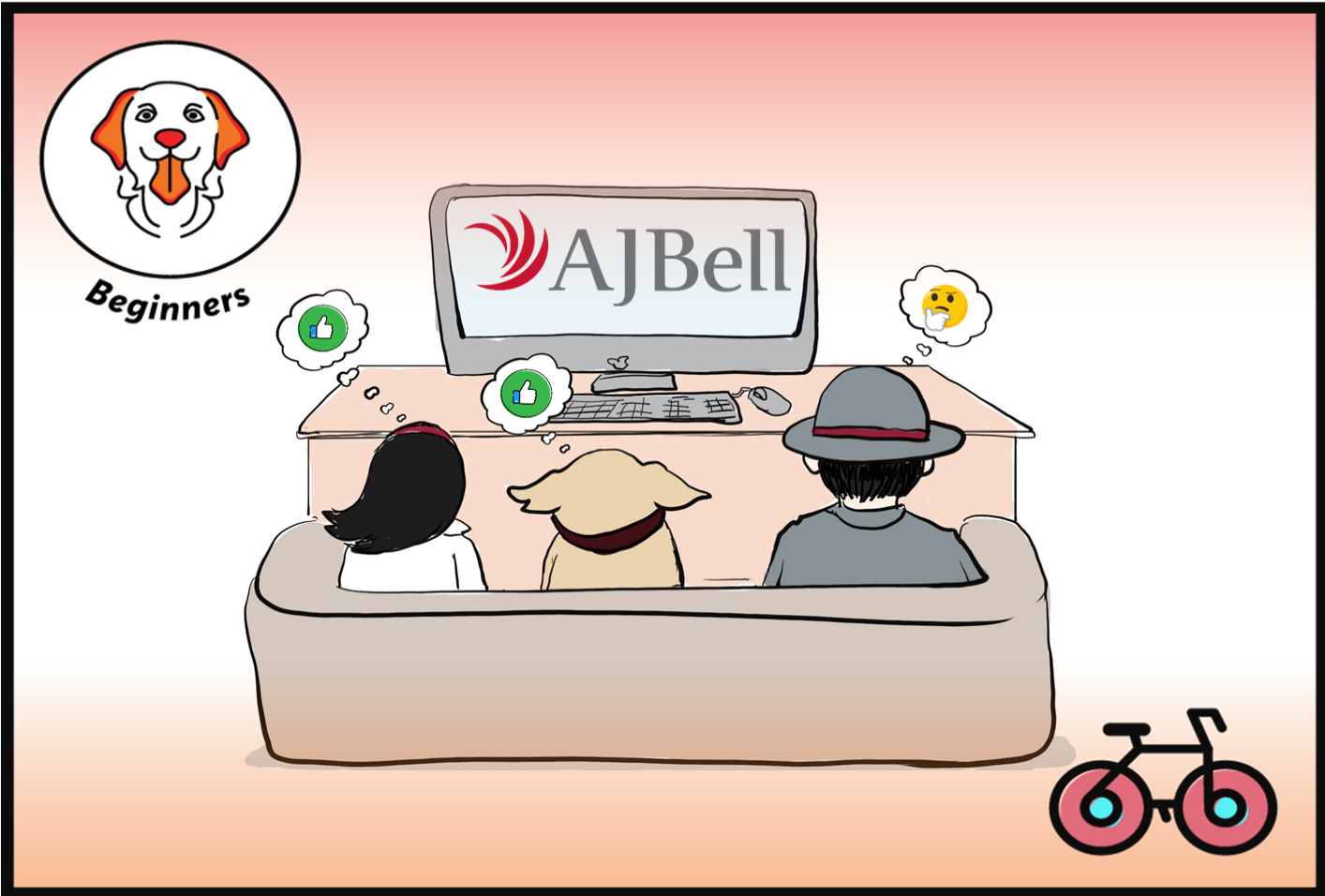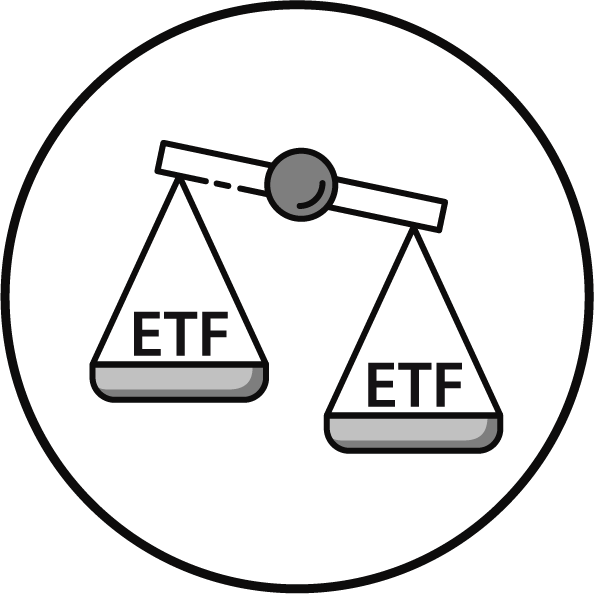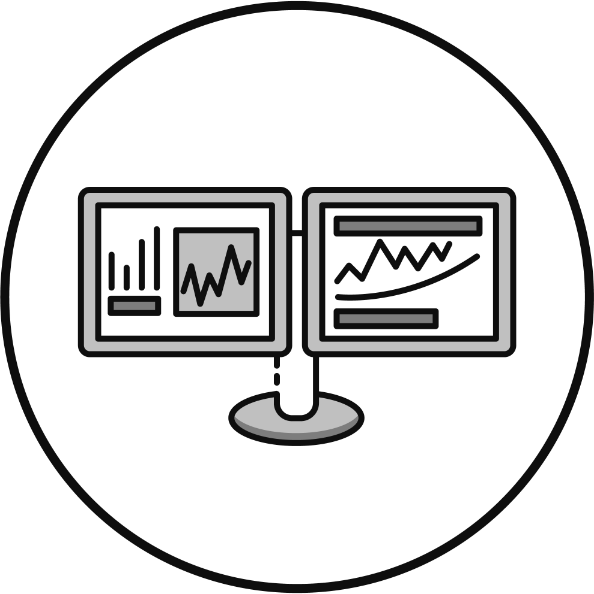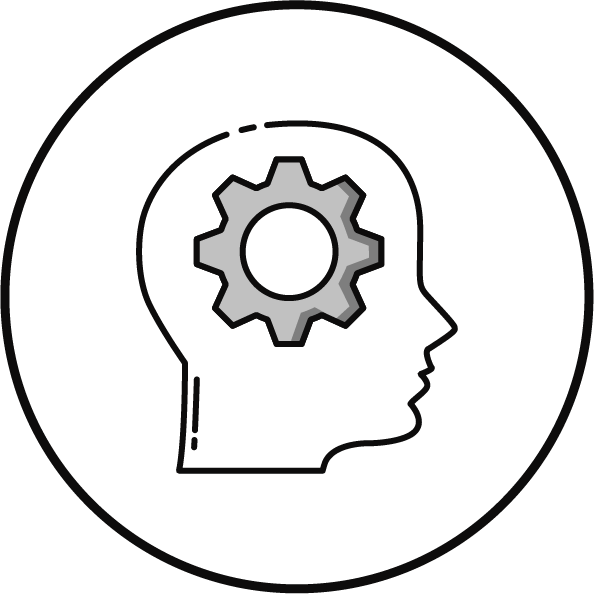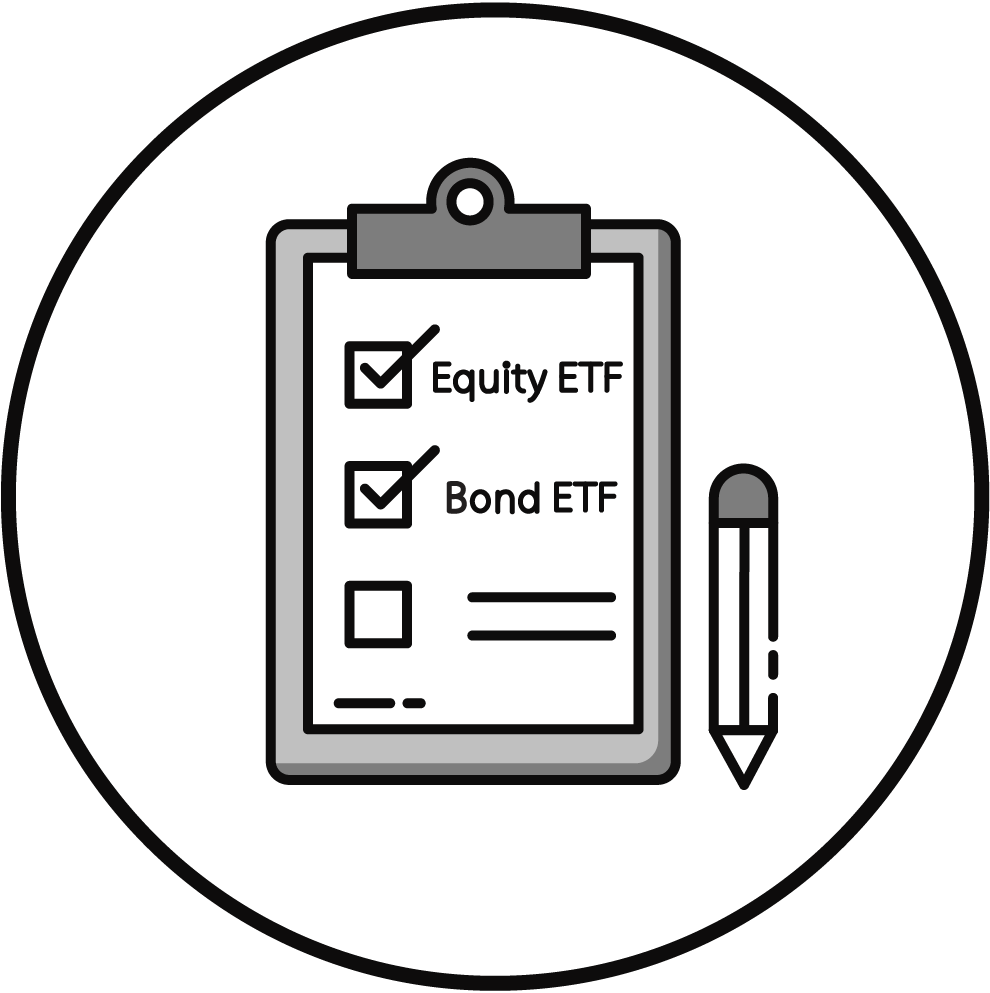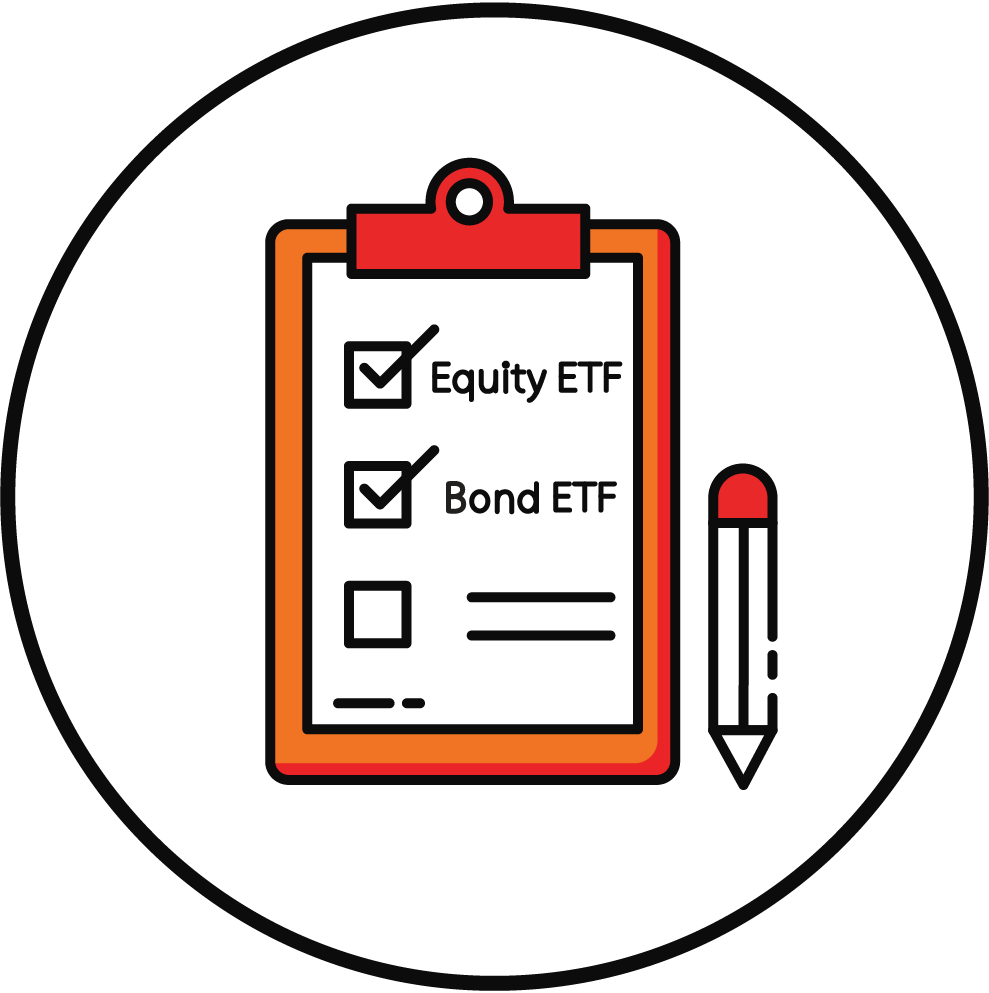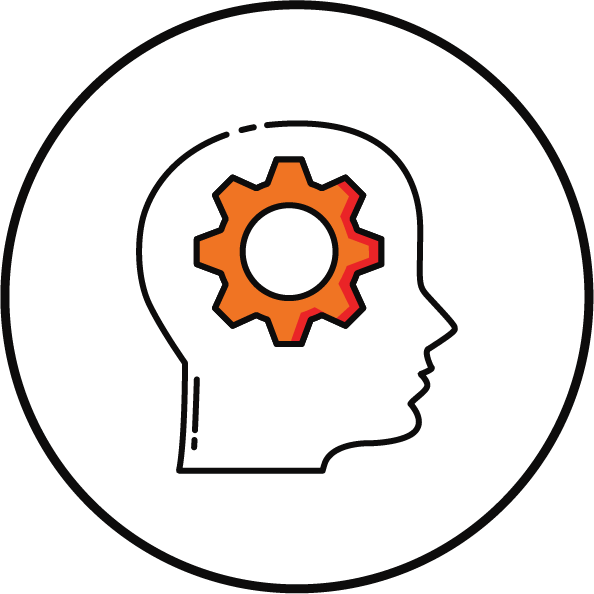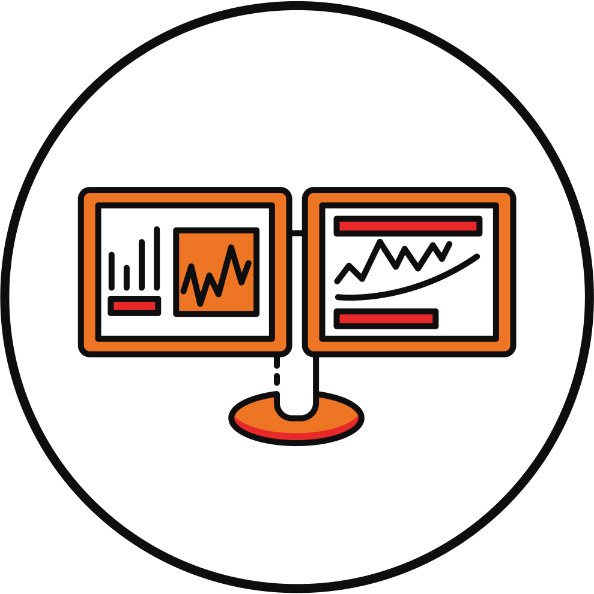How You Can Cycle The World – A Practical Guide
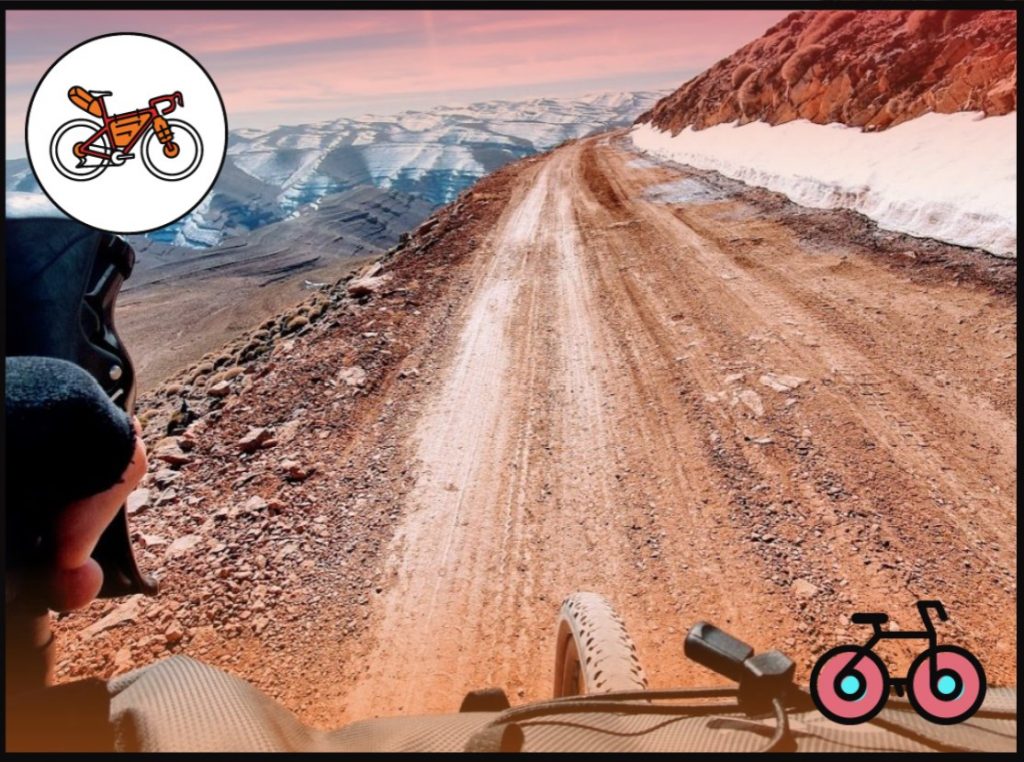
While you may be here to read about investing, some of my readers were curious about ways to travel the world on a bike. But also to lower costs of travel, in general.
Here are my key practical insights to get started, and an example of setup that can help you discover some of the most unique, and untapped places on our beautiful planet.
HOW I CYCLE - SETUP
- Bike – In 2019, I covered over 18,000 km with 160,000+ m of elevation gain. I choose a rugged touring setup, favouring it over the sleeker bikepacking style. It let me venture into the wild autonomously, without supplies, for up to a week. Now, I’m into shorter bikepacking adventures. The below setup in more relevant to my long-term travel in 2019.
- Apps – I gravitate towards geeky, free tools like OsmAnd and BRouter. Yet, Komoot and RWGPS are solid choices, especially in the West.
- Gear – With over 150 items on my bike, I’m equipped for complete self-sufficiency, even in remote spots like the Australian desert or the Tibetan Plateau. I have a small tablet with an Excel checklist.
- Money & Logistics – I tend to use Flag Air Carriers that allow bikes to travel for free. Assembling my bike after landing takes up to an hour. I cycle to the airport with a cardboard that I use to pack my bike before checking in the bike. You can get them at bike stores for free.
Here is the full analysis
Bike Setup
Robust over light & fancy
- Kotomi (ことみ) – Is my UK-designed, Taiwan-made Pinnacle Arkose 1 Bike. Aluminium, Shimano Sora 18 Speed, 700c x 35-40 tires (bike weight is 11 kgs). Like in investing, I like to keep things simple and that’s why I got the cheapest value bike (price tag for new bike was £700/$1000). Easier to maintain, parts to be found in most countries and has lower (monetary, alas not emotional) value, if stolen. Bike mechanics (usually Western) often tell me they can’t fine-tune my gears because the Shimano Sora are low-end. If that’s the case, I don’t change shifters, but I do change the mechanic.
- Freedom & Night Sky – I generally opt for a rack bags instead of a lighter bikepacking setup. The key consideration is the amount of food I carry. Once you add water and supplies for a few days, bikepacking setup becomes challenging. I also realized that even with an additional 19+ kgs (typical load on the bike before accounting for food) you can still ride pretty fast. May not be the sexiest setup, but it’s more than compensated by autonomy and unbeatable night sky in the wild.
Planning, Navigation and Tracking
A Tibetan Cyclist Setup
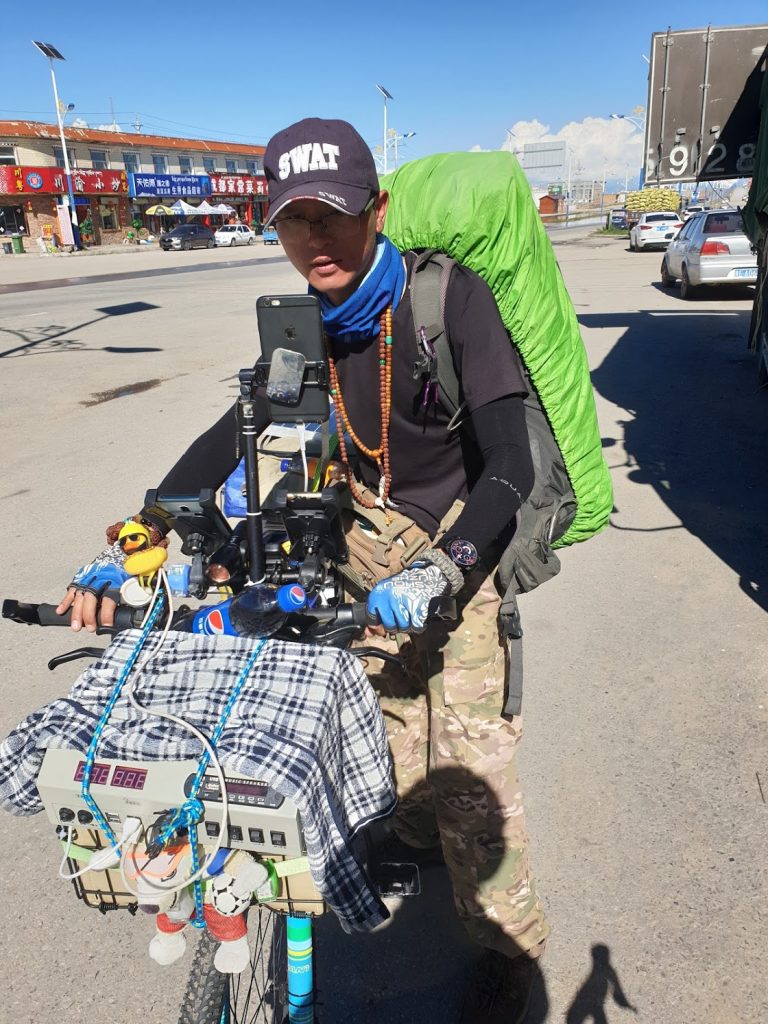
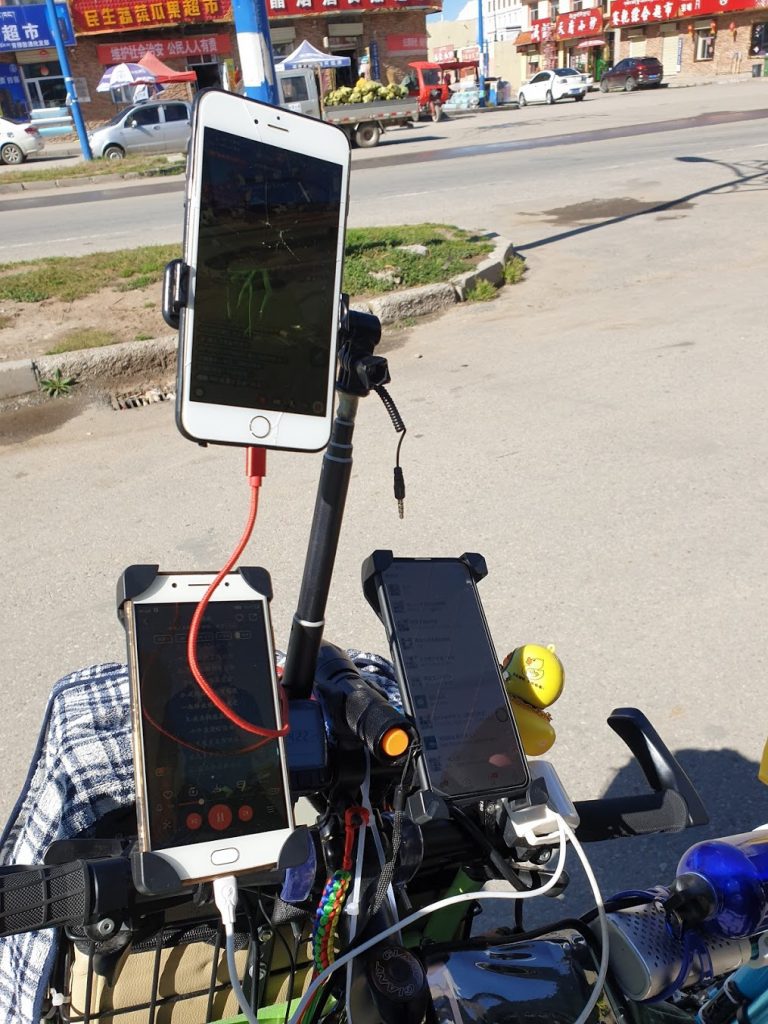
This guy I met in Tibet is more tech-savvy than I am. I warned him that watching movies on a bike is not ideal, though. I only have one phone and a few apps make a big difference. Here is the list.
Most Used Apps (Asia & the West)
There are four aspects here (i) planning in advance (ii) navigation using planned route (iii) navigation and routing ‘on-the-fly’ and (iv) tracking:
- OsmAnd (Free via F-Droid) & BRouter – My preferred overall Navigation App (for planned routes and ‘on-the-fly’). Slightly geeky and thus not very user friendly, but probably the most powerful app for navigation. Takes a couple of days to set up but particularly useful for remote cycling. Completely offline and like most of the apps below is based on OpenStreetMap (OSM) which is a collaborative open source database with information provided by hundreds and thousands of people. ‘On the fly’ routing is decent as well (German BRouter engine is highly recommended if you plan to use it for routing on the go, as it will speed up the calculations).
- Maps.ME (Free) – My preferred ‘on-the-fly’ Navigation App and second best overall Navigation App. Extremely easy to use and great for A to B routing in developed countries like Japan (will usually route you through quiet areas). I wouldn’t rely too much on it for off beaten path cycling, though. Offline mode for navigation is quite good for planned navigation too, by using an imported KML file (see app below).
- Ride with GPS (Free/Paid) – My preferred Planning App. Not as powerful as OsmAnd but very comprehensive. I mainly use it for for planning, which is free when accessed via website on a tablet. I then export GPX/KML files to OsmAnd or Maps.ME for navigation. It has got paid offline functionalities.
- Garmin Connect – My app for tracking (via Garmin Fenix 5s)
Other useful apps
- Komoot (Free/Paid) – My Backup App for Navigation. Similar to Maps.ME in functionalities but more advanced. Some functionalities are payable.
- Strava (Free/Paid) – My Preferred App for Social. Good for cities, checking popular cycling routes (via Heatmap). I mainly use it to keep track of my mileage (sync’ed with Garmin Connect) and keeping in touch with other cyclists. Not great for remote cycling, though (in both navigation and planning). Probably the last popular Western social app not banned in China.
- Google Maps – Planning support and on-the-fly navigation in the West (US/Europe/Oz and Kiwi). The major limitation is reliance on being connected to the network (no offline mode), so remote areas won’t be covered. Also, fairly useless in most of Asia where you need replace it with local apps (e.g. China or Korea have their own apps. South Korea in particular does not allow external navigation systems due to ongoing conflict with North Korea)
- Google Earth – Planning support. Along with satellite images, Google is really useful when planning in advance off beaten path destinations.
- Garmin Explore – Emergencies and satellite communication. Mainly to sync my Garmin inReach Mini (see below), but Garmin is also developing its navigation features, although these were fairly basic in 2020.
Weather, Accommodation & Sound
Weather & Night Sky
- Windy – useful to understand wind patterns, initially made for surfers but great for cyclists, too. I only use the free functionalities.
- Darksky – I found it to be the most accurate weather forecast app (unfortunately, now only on iPhones but I still do use their website). Free to access via website.
- Skysafari – Stargazing, the ultimate wildcamping treat. Be it New Zealand, Africa or Hokkaido – anywhere far from urban areas. Can track satellites and ISS at night.
- Lightpollution Map – locating places where Night Sky is not polluted. Going to be tricky over the coming years (more pollution coming our way with Elon’s Starlink and similar endeavours).
Free Accommodation
- Warmshowers – think Couch Surfing for cyclists, and usually by cyclists (who benefitted from similar hospitality when they cycled the world). Exceptionally good in North America, less so in non-Western countries. I use it when really in need, since it involves planning. And planning takes a bit of fun out of cycling the world.
Entertainment on Wheels (and after)
- Audible – Great to listen to stories when cycling in the rain, especially audiobooks about countries I am cycling through.
- Spotify – Last 30 kms energy booster, or when cycling on coastal roads at sunset.
- Google Translate – You would be surprised how many conversations started through this app. We usually drop the app after a few beers.
- Meetup – Sometimes quite useful to find like-minded groups in big cities. I usually discover places and people ‘organically’ but used it a couple of times for language meet ups.
Bike & Repair Kit
150+ Items for any situation
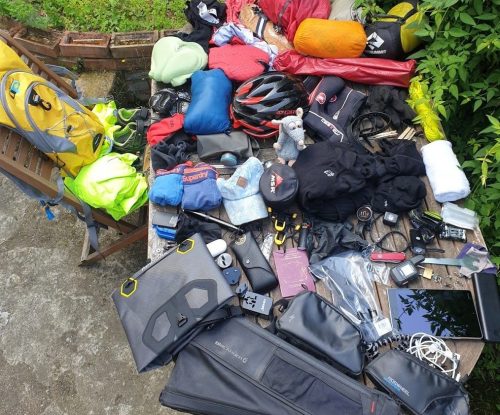
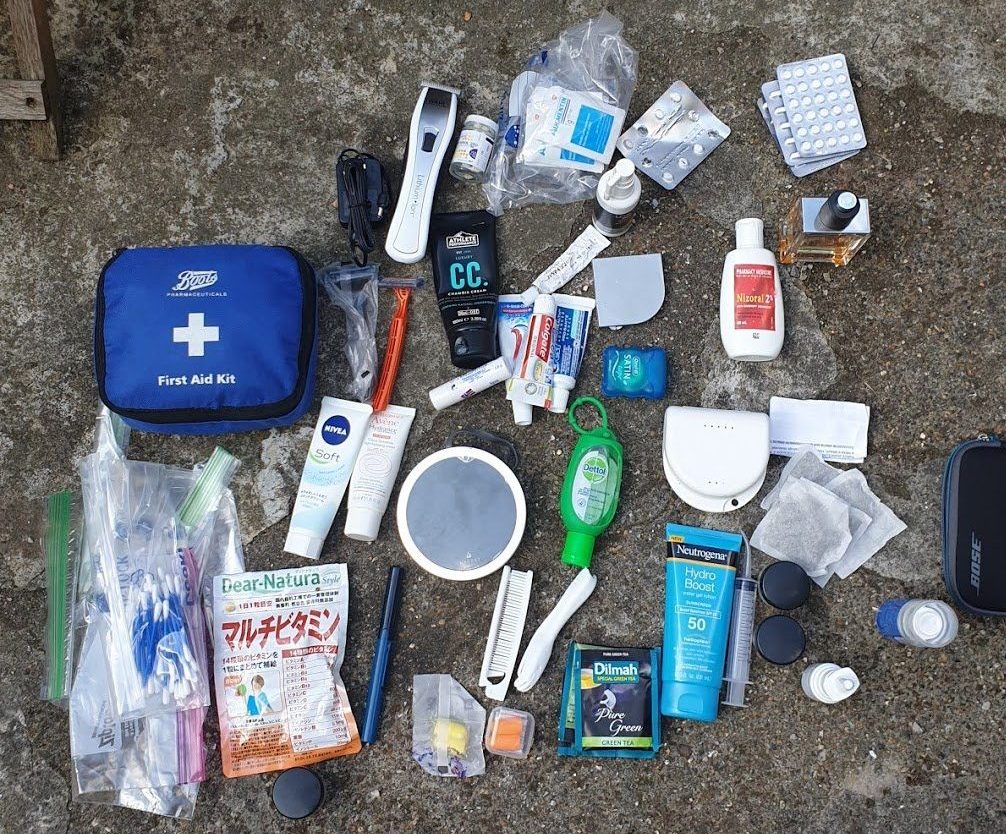
Upfront preparation for any scenario, like in investing, is essential. I do have a spreadsheet with a checklist including some 150 items that I have on me/my bike (first aid kit alone, within the blue box, is 35 items). While sparing you the details, a few key ones could be of great help.
- I Do NOT Use A Bike Lock – This one is quite controversial, and I know no other cyclist using my approach. I do trust people, and my bike never got stolen. I just have a small plastic band that I attach to the tent at nights, but you could cut it with a good knife. But, no lock is safe and only buys you time. It’s usually heavy and cumbersome. I find and rely on people to keep my bike safe when I don’t ride it.
- Mounts and bags – As I use my phone for navigation, a solid mount is essential. I recently switched from Quad Lock, which did the job just alright, but the rubber bands are not robust enough for tough conditions. I find SP Connect Mounts superior. Rain cover is essential – but even with it navigation is complicated in tough conditions. For any bags, my first go to place is Apidura.
- Fixing stuff on the road – Most frequent issues that you can plan for (keep spares) and fix on the road are punctures, spokes, any possible screw, cleats, shifting and brake issues (spare cables), chain (quick links). A couple of things do wonders in most circumstances – a bit of duct tape (I wouldn’t carry an entire one) and a few cable ties (multiple lengths to attach e.g. broken bags/equipment)
Electronics
- No bike computer – They are great on road bikes but not for adventure cycling. Maps are less accurate, takes more time to recharge and is more difficult to update.
- Smartphone – I use Samsung Galaxy S series. Still looking for a more robust alternative. The moisture with these phones (since 8s) is a serious problem and I do keep a wireless charger in case the charging lets me down.
- Garmin Fenix 5s – Decent battery life (~10 hours) when on UltraTrac mode but then accuracy is not great. I usually use the satellite tracking (~6 hours), but have to recharge via powerbank on longer days.
- Light Huwei tablet – Cheapest $100 tablet, as backup in case of phone failure and for route planning / sometimes movies.
- Anker 20,100 mAh – Powerbank to keep all my electronics charged for a week or longer. No dynamo and solar charging – the latter is something I am currently exploring, though.
- Garmin inReach – Great device for emergencies. Costs $15 per month but you can send a distress signal through satellites where there is no cell phone coverage (think Tasmanian spiders). The rescue is coordinated by Garmin. Plans vary but worth having the one with a few texts included to communicate with relatives or receive a weather forecast.
Wildcamping
- Tent – Hubba Hubba NX 2 Tent – I started my trip with a Big Agnes superlight tent. Back then I was naïve enough to prioritize light weight over robustness. I also realized that marginal weight for the benefit of more comfort at night is worth it.
- Stove Kit – MSR Pocket Rocket Stove Kit – One of my favorite tools, this Stove kit is also extremely compact. The only downside is that you may not find the gas bottles is some less developed countries in Africa. A universal solution would probably work best, depending on destination.
- Sleeping bag – Sea to Summit Spark III Sleeping bag – keeps really warm, but I also discovered that sleeping bag liners are very convenient
How to Travel Cheaply
lowers costs, more adventures
Land, Unpack, Hit the Road in under one hour!
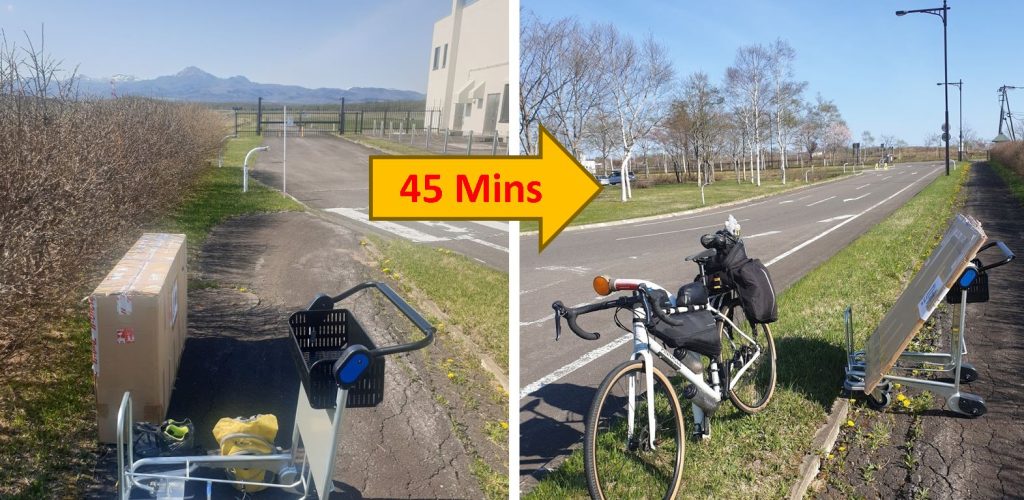
'Fat-Adventure' Cycling and Crossing Oceans
- Cycling is the cheapest way of travelling. Combine it with Wild camping and you virtually remove 2/3 of travel costs. The reality is, of course, more nuanced. Similarly to different ways to Retire Early (Lean or Fat), there are different ways of cycling. The range is wide – some people I cycled with have budgets as low as a few USD per day. I do sin, and I am probably on the Fat-adventure cycling side. I do have a barbell approach, though. I splash cash on lifetime experiences and don’t save on great food (that’s my fuel, after all). I do massively cut costs on accommodation (hosted by locals / wild camping / hostels for refuelling/recharging/laundry) and on transport, of course.
- Bikes fly for free – I almost never use low cost carriers. Not only have I leveraged my frequent flier advantages, but mainly because when you add up the fee for the bike, it almost always becomes more expensive than the flag carrier. A well-kept secret is that on most flag carriers, bikes travel for free. Special kudos to Korean Air and ANA Japan. They treat your bike like a VIP and even ask you how to position the bike.
- Only use my bike, planes and ferries – I think I became pretty good at hitting the road really quickly. The shortest time on road after plane landed (in Hokkaido, Japan) was just 45 mins! Over time I also got better at avoiding going to the airport with anything else but my bike (cardboard attached to my bike – think car-spoiler, much fun on windy days!). Great cost-cutting.
Regaining faith in humanity
- The best accommodation is free : I got used to luxury hotels when working in Banking (my favourite one is Grande Bretagne in Athens). But I wouldn’t swap it for genuine contact with local families or a tent with night sky, in the mountains. Cycling is one of the most enriching human experiences. My longest experience was being hosted around two weeks time by a wonderful family in Taipei after I met a Taiwanese girl in Hokkaido.
- Technology makes it easier – my second-longest continuous series of hosted accommodation without paying anything was 11 days in USA & Canada – hosted by locals (combination of Vipassana network / random encounters and Warmshowers app)
- People will help out – There is hardly any day when you won’t be offered help, food and provided encouragement. I think it’s partly because you put yourself in a very fragile position, that people respect. It’s very different from the stressed folks you see in crowded cities (especially in the banking industry!) and, generally, a mind-blowing experience. It makes you regain faith in humanity.
- Leverage local facilities – In fact, I probably visited more different Onsens that the average Japanese person :)
From Bankeronwheels.com
Get Wise The Most Relevant Independent Weekly Insights For Individual Investors In Europe & the UK
Liked the quality of our guides? There is more. Every week we release new guides, tools and compile the best insights from all corners of the web related to investing, early retirement & lifestyle along with exclusive articles, and way more. Probably the best newsletter for Individual Investors in Europe and the UK. Try it. Feel free to unsubscribe at any time.
🎁 In the first email, you can download a FREE comprehensive 2-page checklist to construct & monitor your portfolio and clean up your personal finances.
What this setup allowed me to reach
Pre-Covid World Cycle Stats
Riding on the Tibetan plateau at an average altitude of 3,200m
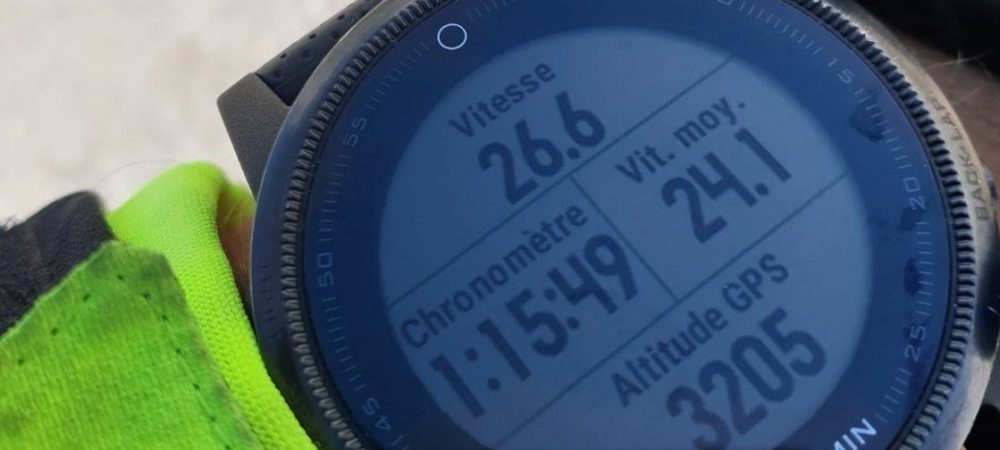
What road cyclists often don’t quite realise is that cycling with 30 kg of equipment is a whole different discipline, hence like for like comparison is impossible.
How a year on the road looks like
- What I did: ~50% days spent on Cycling, 20% Other Activities (e.g. hiking), 15% Injuries and a few sick days, 15% Breaks and Meditation Retreats.
- Cycling distance: over 18,000 km in over 8 months (+4 months of other activities including Meditation).
- Elevation gain: over 160,000m.
- Highest One Day Gain: 3,600m – Wuling Pass 3,275m in Taiwan (equivalent to 95% of Mount Fuji elevation). Sea level to sumit in one day.
- Highest Pass: over 3,800m (Tibet).
- Longest Series without break day: 1,200 km in North America in a week.
- Longest Distance in one day: 240 km with 2,200 m Elevation gain in San Francisco Bay Area
- Fastest Ride (Average Speed): 31 km/h over 80 km in South Island, New Zealand (light tailwind)
- Typical Average Speed: ~20-25 km/h depending on conditions (assumed total weight of 30 kg, but factors include food load and wind, altitude didn’t have a major impact as I usually average out on the descent, gravel terrain slows me down a lot). The boost once I remove the weight is incredible.
Health Stats & Mechanical Issues
- Number of minor crashes (<1 day recovery): Two (Slippery terrain – no injury days, one was actually on a Japanese ferry)
- Number of serious crashes (>14 days recovery): Unfortunately that’s part of the game. I had two major crashes (Broken ribs in Okinawa, broken elbow / wrist in Morocco). Ingrown nail left me unable to cycle a couple of weeks as well (cycling shoes were too tight)
- Average Cycling Heart Rate: 123 bpm
- Average Resting Heart Rate: 45 bpm
- Punctures: avg. one puncture every 1,000 km
- Gear indexing in Bike Shops: 5x (usually post flights, as a result, I improved a lot at securely packing my bike)
- Pro crankset cleaning: 2x (gravel terrain / sand)
- Replaced chain / brake pads, cables: 2-4x (cables usually damaged by high humidity e.g. Bay area, the rest depends on distance, terrain)
- SPD SL Cleat Sets: 7x (can be reduced, due to excessive walking in cycling shoes)
- Tires: 3x (started with light/fast 700c x 35 but enjoying wider ones nowadays to go ‘off-piste’. I have clearance up to 41)
- Saddles: 2x (tried two different – very individual and long distance is different to city rides)
Good Luck and Keep’em* Rolling!
(* Wheels & Dividends)

Surviving The Next Bear – Strategies To Profit From The Next Market Crash
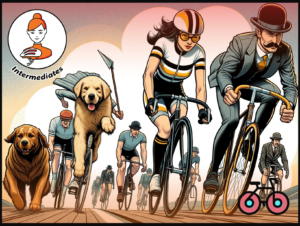
Weekend Reading – Asset Class Returns since 1970 & Trend Following Strategies
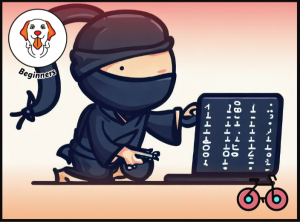
Cracking the Code: Decoding ETF Names & Discovering Tools To Find Them
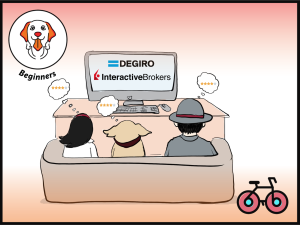
Broker Review Methodology

iWeb Share Dealing Review – Great For Inactive Investors
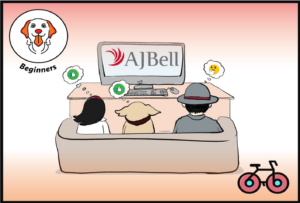
AJBell Review – Leading Broker & Low-Fee SIPP Provider
HELP US
🙋 Wondering why finding honest Investing Guidance is so difficult? That’s because running an independent website like ours is very hard work. If You Found Value In Our Content And Wish To Support Our Mission To Help Others, Consider:
- 📞 setting up a coaching session
- ☕ Treating us to a coffee
- 🎁 Taking advantage of our affiliate links when setting up a broker account. This doesn’t increase your costs, and we often secure exclusive bonuses for our audience.
- ❤️ Exploring Other ways to support our growth, both financially and non-financially.
DISCLAIMER
All information found here, including any ideas, opinions, views, predictions expressed or implied herein, are for informational, entertainment or educational purposes only and do not constitute financial advice. Consider the appropriateness of the information having regard to your objectives, financial situation and needs, and seek professional advice where appropriate. Read our full terms and conditions.






